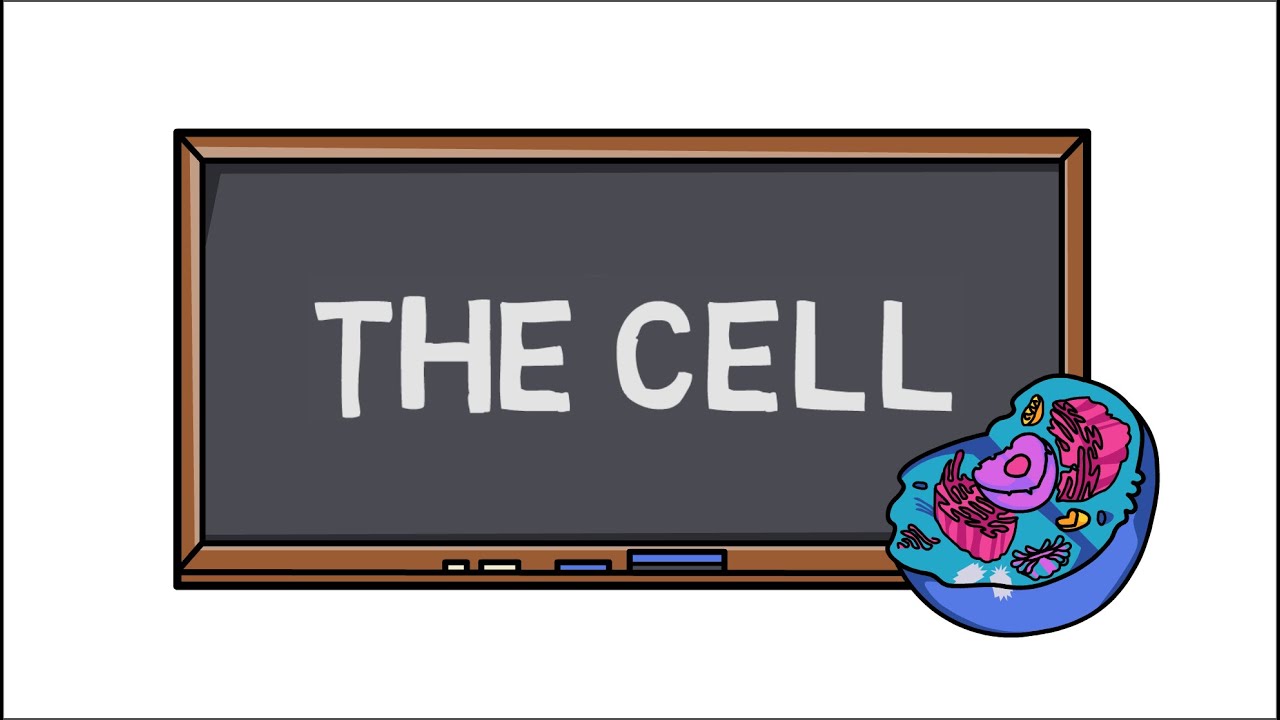History of Cell Theory - How We Discovered Cells
Summary
TLDRThis video lesson dives into the fascinating history and science behind cell theory. It begins with the contributions of early scientists like Robert Hooke and Antonie van Leeuwenhoek, who, using microscopes in the 1600s, made groundbreaking observations of cells and microorganisms. The lesson outlines the classical cell theory, which includes three key points: all living things are made of cells, cells are the basic unit of life, and cells come from pre-existing cells. It also introduces modern cell theory, highlighting additional findings like DNA transfer between cells. The lesson wraps up with a discussion on unicellular and multicellular organisms, setting the stage for exploring different cell types in future lessons.
Takeaways
- 😀 Cells are the basic units of life, and all living organisms are made of cells.
- 🔬 The first microscope, invented by Zacharias Janssen in the 1590s, could magnify objects 20 times, which was revolutionary for its time.
- 🧑🔬 Robert Hooke, in 1665, used a microscope to observe cork and coined the term 'cell' after comparing them to the rooms monks lived in.
- 🦠 Antonie van Leeuwenhoek, in 1674, made significant improvements to the microscope and discovered 'animalcules' (protozoa), marking the first observation of living organisms under a microscope.
- 📚 Hooke's book, *Micrographia*, was instrumental in spreading his discoveries, though some readers found his detailed drawings disturbing.
- 🌱 Matthias Schleiden (1838) and Theodore Schwann (1839) concluded that all living things are made of cells, forming the foundation of classical cell theory.
- 📖 The first two points of classical cell theory: 1) All living things are made of cells, and 2) Cells are the basic units of life.
- 🧬 Louis Pasteur (1858) disproved the idea of spontaneous generation, showing that life comes from other living things, supporting the third point of cell theory.
- 💉 Rudolf Virchow, in 1858, proposed 'Omnis cellula e cellula' (all cells come from other cells), which became the third point of modern cell theory.
- 🔄 Modern cell theory, added in the 20th century, includes three new tenets: DNA transfer between cells, similarity between cells of the same species, and energy flow between cells.
Q & A
What was the significance of the first microscopes created by Zacharias Janssen?
-The first microscopes, created by Dutch lens-maker Zacharias Janssen in the 1590s, were significant because they could magnify objects at least 20 times their original size, offering a new way to explore the microscopic world.
How did Robert Hooke contribute to the development of cell theory?
-Robert Hooke contributed to cell theory by using an improved microscope to observe cork cells in 1665. He was the first to coin the term 'cell' after noticing the resemblance between the tiny compartments in cork and the rooms in a monastery.
Why did Hooke's drawings inspire both wonder and skepticism?
-Hooke's detailed drawings of microscopic organisms, like mice, fleas, and ants, were mesmerizing but also disturbing, leading some readers to doubt the reality of his observations, as cameras hadn't been invented to verify them.
What discovery did Antonie van Leeuwenhoek make using microscopes?
-Antonie van Leeuwenhoek, in the 1670s, discovered a world of microscopic life in drops of water, calling them 'animalcules.' His observations included protozoa and bacteria, making him the first to observe living organisms under a microscope.
What did Schleiden and Schwann contribute to the cell theory in 1838?
-In 1838, German scientists Matthias Schleiden and Theodor Schwann concluded that all living things are made of cells, establishing two of the fundamental points of classical cell theory: all living organisms are composed of cells, and cells are the basic unit of life.
What did Louis Pasteur's experiment disprove regarding the origin of cells?
-Louis Pasteur's famous experiment in 1858 disproved the idea of spontaneous generation, which claimed that life could arise from nonliving matter. Pasteur's work confirmed that life must come from pre-existing life.
What did Rudolf Virchow add to the cell theory in 1858?
-In 1858, Rudolf Virchow added the third point to modern cell theory: that all cells come from pre-existing cells. His observations of cells dividing at wound sites led to this conclusion.
How does modern cell theory differ from classical cell theory?
-Modern cell theory builds on classical cell theory by adding three additional tenets: DNA can be transferred between cells, cells of similar species are largely the same, and energy can flow between cells.
What are unicellular organisms, and can you give examples?
-Unicellular organisms are made up of a single cell. Examples include bacteria, archaea, and many protists. These organisms perform all life processes within one cell.
What are multicellular organisms, and how do they differ from unicellular ones?
-Multicellular organisms are made up of multiple cells that work together to perform functions. Unlike unicellular organisms, which carry out all life processes within one cell, multicellular organisms like animals, plants, and fungi rely on specialized cells for different tasks.
Outlines

This section is available to paid users only. Please upgrade to access this part.
Upgrade NowMindmap

This section is available to paid users only. Please upgrade to access this part.
Upgrade NowKeywords

This section is available to paid users only. Please upgrade to access this part.
Upgrade NowHighlights

This section is available to paid users only. Please upgrade to access this part.
Upgrade NowTranscripts

This section is available to paid users only. Please upgrade to access this part.
Upgrade Now5.0 / 5 (0 votes)





